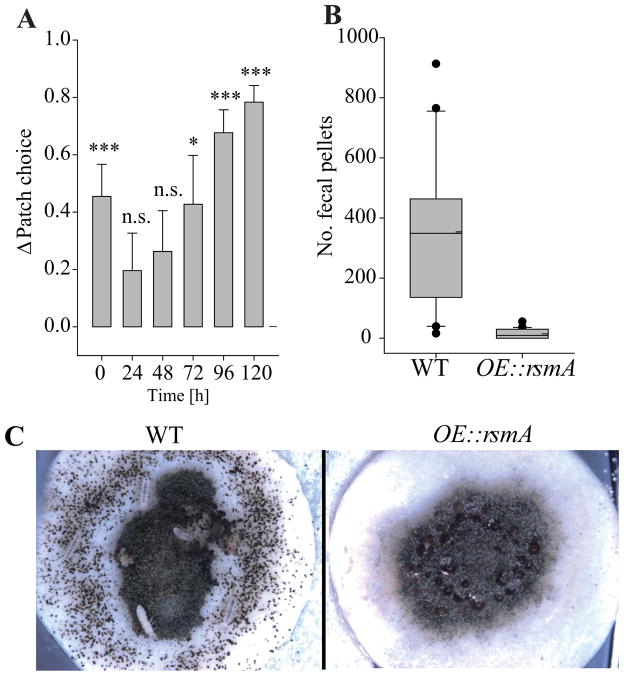Figure 2. Fungivorous collembolans, Folsomia candida, display strong avoidance of the OE::rsmA strain.
Panel A The tendency of fungivores to stay on WT or OE::rsmA fungal patches measured as Δ patch choice (± SE). Values around zero indicate no preference for either patch, whereas positive values indicate preference for the WT and negative ones preference for the OE::rsmA strain (see Experimental procedures for details). Patch choice behavior varied with time (time series mixed model: F5,94 = 3.06, P = 0.0132); yet with increasing time fungivores showed an increasing preference for the WT strain (n.s. = not significant, * P ≤ 0.05, *** P < 0.001; for deviation from Δ patch choice = 0).
Panel B. Box plots depicting the number of fecal pellets as an indicator of local fungivores feeding activity. Box plots display the sample minimum and maximum, the upper and lower quartile, and the median (solid line) as well as the mean (dashed line). Filled circles may be considered as outlier. Paired t-test on the number of fecal pellets (P < 0.0001) indicates strong feeding activity on WT versus only very little feeding on the OE::rsmA strain.
Panel C. Representative images of colonies showing the differences in feeding activity (note all the fecal pellets surrounding the left colony) and damage caused to the WT (left) and the OE::rsmA strain (right).

